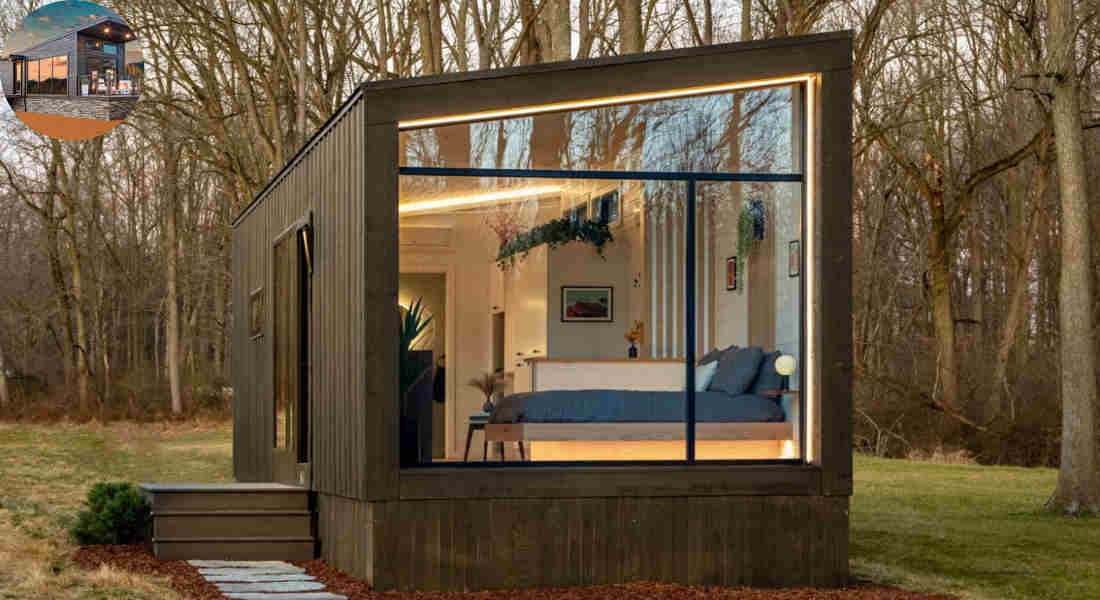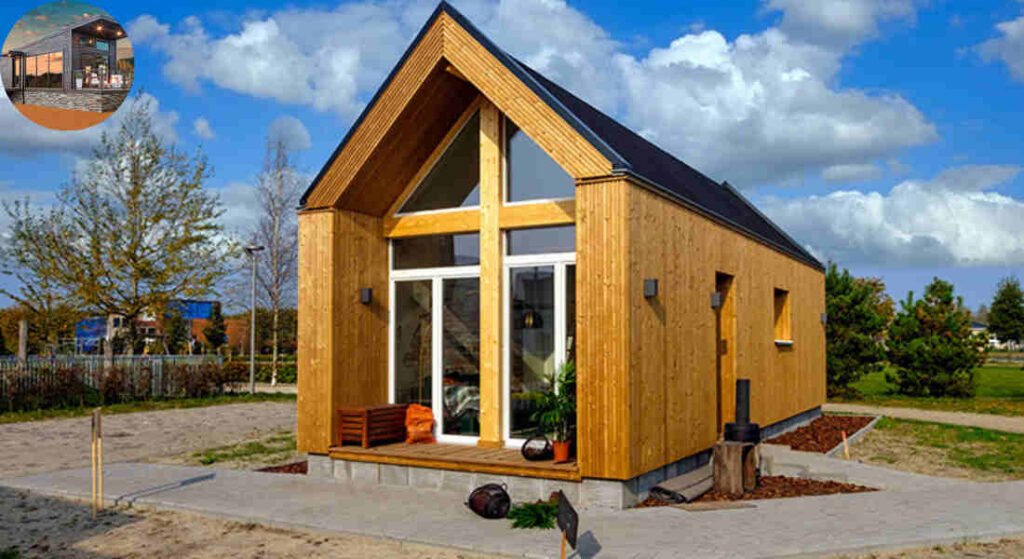Tiny homes have surged in popularity as an affordable, minimalist, and environmentally friendly housing option, but the rules governing their construction and placement are anything but uniform. Whether you need a building permit for a tiny home depends on a variety of factors, including your location, the home’s size, and whether it is built on a foundation or wheels. While some states and municipalities have clear regulations or even welcome tiny homes, others may have strict building codes, minimum size requirements, or zoning laws that make tiny home living more challenging—or even impossible—without the right permits and approvals.
The Growing Popularity of Tiny Homes
Tiny homes have captured the imagination of many. They offer a minimalist lifestyle that appeals to those seeking simplicity and sustainability.
As housing prices soar, more individuals are turning to tiny living as an affordable option. These compact spaces can be built on trailers or small plots of land, making them versatile choices for various lifestyles.
The movement also emphasizes environmental consciousness. With smaller footprints, these homes consume less energy and encourage sustainable practices among their owners.
Social media plays a significant role in this trend. Tiny home tours fill platforms like Instagram and YouTube with inspiration and creativity.
People from all walks of life are embracing tiny homes—from young professionals craving freedom to retirees looking to downsize gracefully. The diversity within the community highlights its universal appeal.
Understanding Building Permits
Building permits are essential documents that authorize construction projects. They ensure compliance with local building codes and safety regulations. There can be significant differences between jurisdictions when it comes to the requirements.
When it comes to tiny homes, the rules around permits become even more complex. Some areas might have strict guidelines, while others may be more lenient or even lack specific regulations altogether.
Before you start your tiny home project, it’s crucial to check local laws. This can save time and prevent potential legal issues later on. Engaging with local authorities early in the process helps clarify what is needed for your build.
Remember that obtaining a permit often involves submitting plans, paying fees, and scheduling inspections during construction. It might seem daunting at first but understanding these elements can lead to a smoother building experience down the line.
You may also read (discover the charm of don wilson houses in real estate).
Building Permits for Tiny Homes in Different States
Tiny home regulations vary significantly across states. Some regions embrace the tiny living movement, while others impose strict guidelines.
In California, for instance, many cities require building permits for tiny homes on wheels. They often classify them as RVs rather than permanent residences.
Meanwhile, Texas is known for its lenient policies. Many areas allow tiny homes without extensive permit requirements, making it a popular destination for enthusiasts.
On the East Coast, states like New York can be tricky. Zoning laws may limit where you can place a tiny house and what permits are necessary.
Each state has unique rules that reflect local attitudes toward alternative housing options. It’s crucial to research specific laws in your area before diving into your dream of tiny living.
Challenges Faced by Tiny Home Owners in Obtaining Building Permits
Tiny home owners often encounter a maze of regulations when seeking building permits. Zoning laws can vary dramatically by location, leading to confusion and frustration.
This gap in regulation can make it difficult for owners to find clarity on what is permissible.
The extra steps add time and complexity to the process.
Permit fees can accumulate quickly, making an already tight budget even tighter for those investing in a tiny home lifestyle.
Local opposition also poses challenges. Neighbors might resist changes in their community’s landscape, complicating approval processes further.
You may also read (how to determine ucc applicability to home real estate).
Tips for Navigating the Permit Process for Tiny Homes
Navigating the permit process for tiny homes can be daunting, but there are strategies to simplify it. Start by researching local regulations early in your planning phase. Understand the specific zoning laws and building codes that apply to your area. Many municipalities have different rules when it comes to tiny homes, so being informed will save you time and stress.
Connect with other tiny home owners or builders in your community. They often possess valuable insights about their experiences tackling permits. Joining online forums or social media groups dedicated to tiny living can also provide support and information.
Consider consulting with a professional who specializes in small dwellings or permits. An architect familiar with local laws can help design your home according to code requirements while maximizing space efficiency.
Prepare all necessary documentation meticulously before submission. Having complete plans, engineering certifications, and any required inspections ready can speed up approval processes significantly.
Don’t hesitate to reach out directly to city officials if you have questions or need clarification on aspects of the permitting process. Building relationships within local government offices may make a difference as you pursue your dream of owning a tiny home.
By following these tips and staying proactive throughout the journey, obtaining permits for your tiny house becomes much more manageable.
You may also read (are real estate taxes the same as house property taxes).

